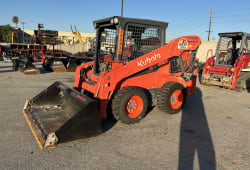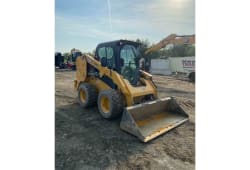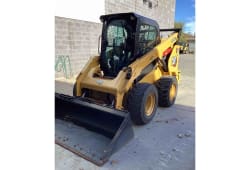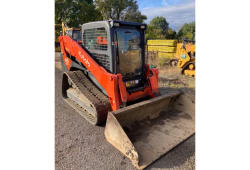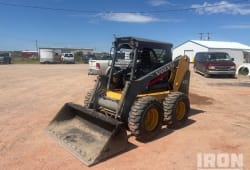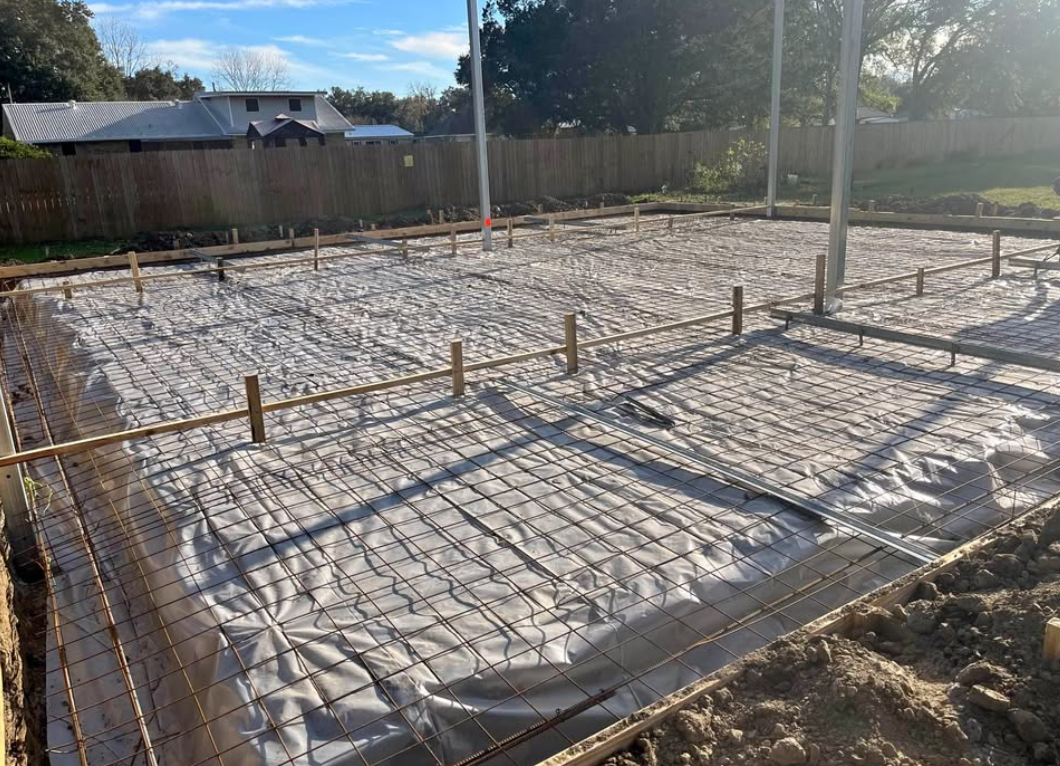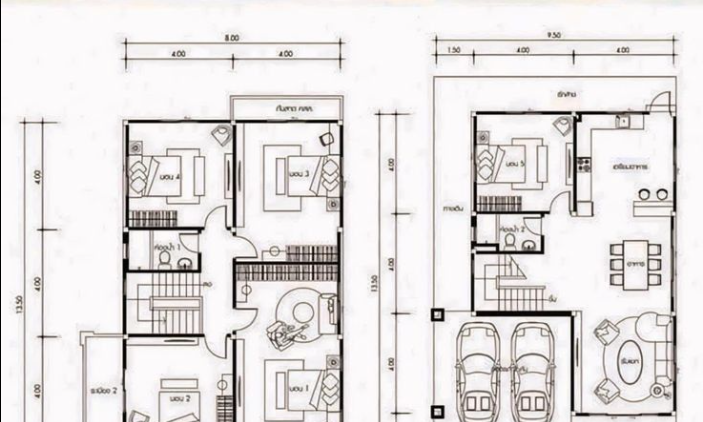How To Do a Skid Steer Pre-Operation Inspection
6 Min read
)
May 18, 2022
A skid steer or compact track loader is a significant investment. One of the most important and also overlooked aspects of operating equipment is doing a good pre-op inspection. The main reason you should do this is because it's the only way to make sure that your machine is ready to go, and it will prevent unnecessary down time due to mechanical issues. You don't need to be a diesel mechanic, but you should know what some basic maintenance items look like so you can ensure you as operator can spot problems before starting work. For an easy example, check if there are any leaks in the hydraulic system (a common issue), then you might need to replace the fluid reservoir, check fittings, replace hoses, etc.
Why Conduct a Pre-Operation Inspection?
The primary reason for conducting a complete pre-operation inspection is to guarantee that your machine or equipment is ready for operation, thus preventing unexpected downtime due to mechanical issues. Even if you're not a trained diesel mechanic, understanding basic maintenance and being able to identify common problems, such as leaks in the hydraulic system, can save both time and money. Addressing issues before they become significant problems not only ensures the safety of the operator but also maintains the efficient functionality of the equipment.
Whether you have a used skid steer or a new one, there are 3 main pieces to check when completing a complete pre-operation inspection checklist:
The 360 degree walk around visual inspection
Opening up the engine compartment and looking at the components
Going into the operator's seat and doing a system check.
Walk Around
The first thing you'll want to do is complete a full 360 degree side inspection and walk around inspection complete with visual and inspection checklist. Some things we recommend checking and looking at:
Is there any damage to the glass and windows?
Is there anything wrong with the rollover protection and the cage?
Are all cylinders in good condition? Are there any leaks coming from anywhere?
Are all hoses and lines clean and dry? Are all the connections secure?
Take a look at all the grease points. Is there anything that looks overly dry that you need to address? Check all the bolts and pins.
Does the drive system look good? If wheeled, check the tires for wear. If tracked, are the rollers clean? How is the wear on the sprocket teeth? Is there an appropriate amount of tension on the tracks? Are there any leaks from the drive motors?
Check the top of the cab. Is there any new damage there?
Is there any damage to the exhaust system or radiator fans?
Check the bucket (or other attachment) and note how worn the cutting edge is.
In general, is there any dirt, rocks, debris that needs to be removed prior to operating the equipment?
:format(webp))
Components
After completing your visual inspection checklist and walk around inspection checklist, you'll want to open up the hydraulic fluid and engine compartments for inspection. Some things we recommend looking at:
Check the hydraulic fluid tank. Is the fluid level at the fill line?
Take a look at the engine bay. Is there anything sticking out or looking strange (e.g., loose wires or any obvious damage)?
Check your coolant level. Is the tank filled to the fill line?
Check the air filter about once a week to clean out any debris.
Check the engine oil level and make sure that it is at the fill line.
Take a look at the air intake and see if there is any obvious damage.
Check the belts and see if there's any cracks or signs of wear.
Take a look at the radiator fins. Is there any damage to the coils?
:format(webp))
Operator's Seat
Last but not least, it's time to crawl into the cab and perform some system checks from the operator's seat.
Depending on the manufacturer of the unit, turn the key one click and check for any indicator or warning lights. Is there anything that indicates that the engine should not be turned on? For example, do you see any error messages pop up on the console?
Next, fully turn on the machine. Do you see any warning lights, indicators or error messages? If so, immediately power down the machine.
While the engine is on, spend a few moments listening to the sound. Is there anything about the idling sound that seems off and requires further diagnosis?
Last but not least, check your gauges. Do you have enough fuel for your planned operating session?
:format(webp)) Here's a table summarizing the steps for conducting a skid steer pre-operation inspection:
Here's a table summarizing the steps for conducting a skid steer pre-operation inspection:
:format(webp)) Performing these inspections consistently ensures that the skid steer is ready for operation, reducing the risk of mechanical issues and optimizing productivity.
Performing these inspections consistently ensures that the skid steer is ready for operation, reducing the risk of mechanical issues and optimizing productivity.
Final Thoughts
Every operator is different, so it makes sense that every pre-operation inspection for a skid steer pre operation inspection checklist would be different as well. The most important thing however is to ensure you do the inspection in a consistent manner so ensure that issues can be detected proactively and to ensure any downtime can be minimized. If you're the owner or operator of a skid steer business, performing pre-op inspections is a vital element of being able to deliver work on time for your customers.
If you're looking to sell or buy a used skid steer or purchase a used compact track loader, our team at Boom & Bucket would love to talk to you about the equipment you own or the equipment you are looking to sell or purchase. Contact our team at support@boomandbucket.com.

Javier Bocanegra is Boom & Bucket's Technical Resolutions Lead, drawing on 10+ years in automotive and heavy equipment to diagnose issues, resolve complex post-sale cases, and keep machines - and customers - running smoothly. A certified heavy-equipment specialist, he's known for meticulous inspections and hands-on expertise across mechanical, electrical, and hydraulic systems. Based in Sacramento, Javier partners closely with buyers, vendors, and our field teams to deliver reliable outcomes and uphold our standards for safety and trust.

